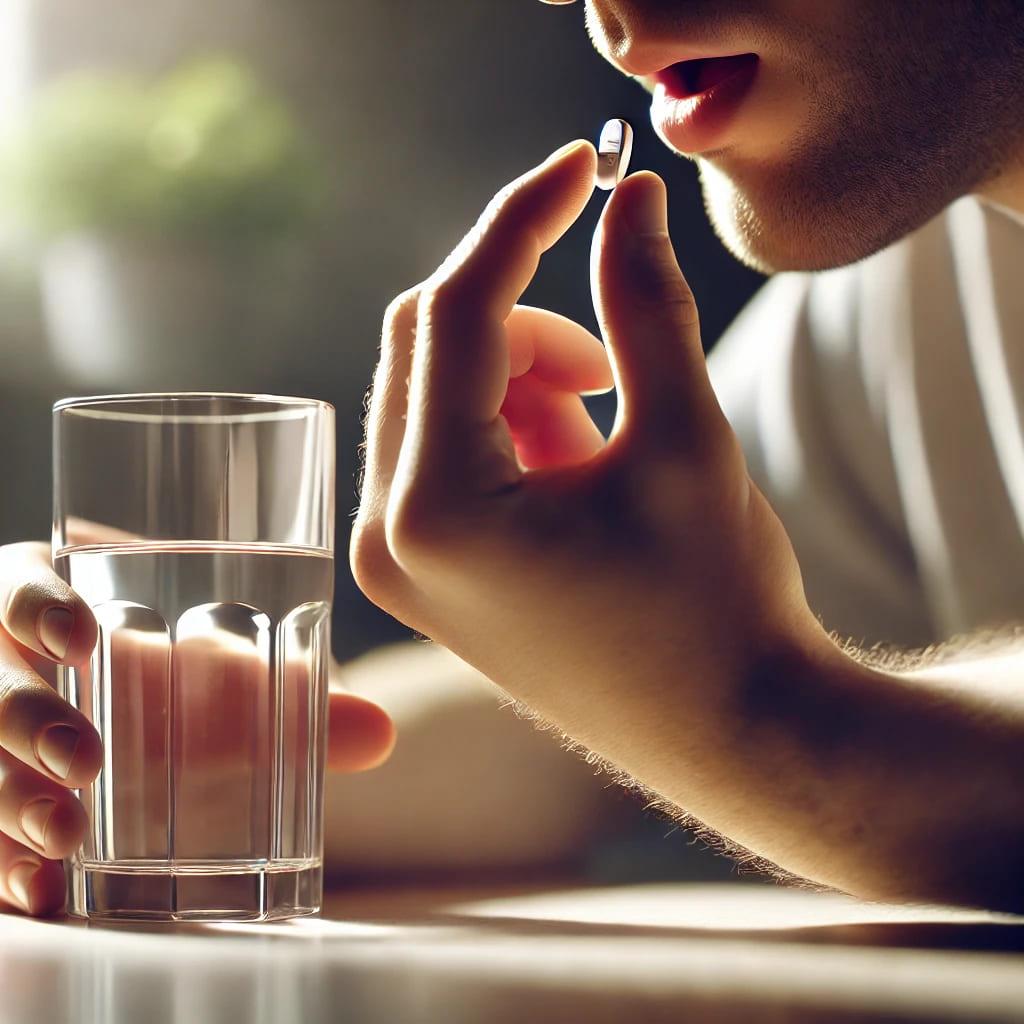⚠️ Disclaimer
This blog post is intended for educational and informational purposes only.
We sell Research Chemicals for laboratory use only.
They are not intended for human consumption under any circumstances.
We do not endorse or encourage the use of any substance.
Always follow your local laws and research ethics when working with chemicals.
Oral drug administration is one of the most common and convenient methods to introduce substances into the body. It’s the route most people are familiar with — simply swallowing a pill, capsule, or solution. But there’s more science behind it than meets the eye.
In this post, we break down how it works, what to consider when calculating doses, the best types of drug forms for this method, and most importantly — how to stay safe and reduce harm if you’re studying or researching substances.
🔬 How Oral Administration Works
When a substance is taken orally, it travels down the esophagus into the stomach, then moves to the small intestine, where it’s absorbed into the bloodstream. From there, it passes through the liver — a process known as first-pass metabolism — before reaching the brain or other target areas.
This process is slower than other routes like intranasal of intravenous, but it’s longer-lasting and generally safer.
Key Points:
- Onset of effects: Usually 30–90 minutes.
- Duration: Often 4–12 hours, depending on the substance.
- Bioavailability: Can be reduced due to liver metabolism (not all of the substance reaches the bloodstream).
💊 Best Forms for Oral Use
Some substances are more suited to oral administration than others. These are typically stable in stomach acid en designed for slow or timed release.
Suitable forms include:
- Tablets
- Capsules
- Gel caps
- Powders dissolved in liquid
- Sublingual or chewable tablets (partially absorbed through the mouth)
Not ideal: freebase chemicals, or substances that degrade in stomach acid.
📏 How to Calculate a Proper Dosage
Getting the dose right is critical for both scientific validity en safety.
General Rules:
- Know the bioavailability: Oral doses often need to be higher than intranasal or sublingual ones.
- Start low: Especially when working with unknown potency or new batches.
- Use a milligram scale: Never eyeball a dose. Precision matters.
- Account for body weight (in mg/kg) if doing comparative research.
⚠️ Example: A drug with 50% oral bioavailability may require 2x the dose of the intranasal route to achieve the same systemic effect.

🛡️ Harm Reduction & Safety Guidelines
Even though oral administration is considered one of the safest routes, it’s not risk-free.
Tips for safer oral research:
- ✅ Label everything clearly to avoid confusion or accidental ingestion.
- ✅ Use clean tools to avoid contamination.
- ✅ Don’t mix with alcohol or other substances, unless studied.
- ✅ Check for contraindications, especially liver-related.
- ✅ Avoid taking on an empty stomach if nausea is a known side effect.
First-time caution:
- Wait at least 90 minutes before redosing. Oral absorption can be slow, and premature redosing is a common cause of overdose or unwanted effects.
🧠 Special Notes for Research Substances
Some Research Chemicals (RCs) have unpredictable pharmacokinetics, meaning their absorption, metabolism, and duration can vary even among similar compounds.
If a compound has:
- Low solubility
- Uncertain half-life
- Liver toxicity concerns
…it may not be ideal for oral study. Always consult available scientific literature, lab reports, or community reports when available.
📋 Quick Reference Table
| Feature | Oral Route Notes |
|---|---|
| Onset | 30–90 min |
| Duration | 4–12 hours |
| Bioavailability | Medium to low (due to first-pass liver metabolism) |
| Pros | Easy, discreet, long-lasting |
| Cons | Slower onset, possible liver strain |
| Best forms | Tablets, capsules, liquid solutions |
| Schadebeperking | Start low, dose accurately, avoid mixing |



0 Opmerkingen voor "Oral Drug Administration: What You Should Know"